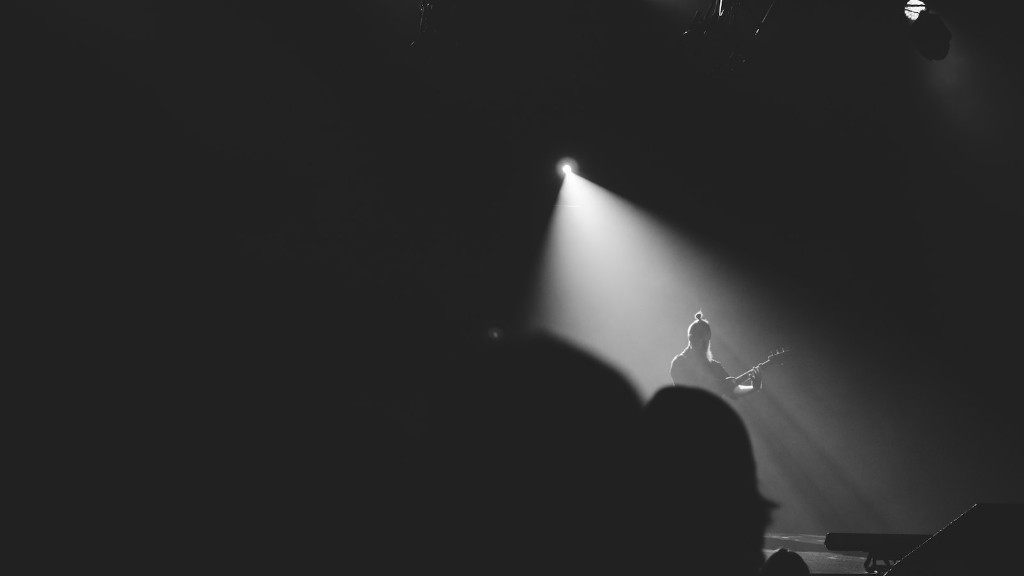Nothing can compare to the beauty of a night sky. From the vast sea of stars to the magnificent constellations, from the swirling galaxies to the mesmerizing milky way, there’s simply no sight more captivating and awe-inspiring than a night sky. If you’ve ever wanted to tap into the majesty and mystery of the night sky and bring it to life on paper, then you’ve come to the right place! Here’s how to draw a night sky that will transport your viewers to a distant realm:
Part 1: Gather your supplies
First and foremost, you’ll need the right materials to create a stunning night sky. Here’s what you’ll need:
- drawing paper
- graphite pencils
- blending stumps
- kneaded eraser
- acrylic paint
- paintbrushes
- and a tabletop easel
With these items in hand, you’ll be ready to unlock the mysteries of the night sky and bring it to life!
Part 2: Sketch the night sky
Once your supplies are locked and loaded, it’s time to begin drawing your night sky. Start by sketching the basic outlines of your night sky with a graphite pencil. Pay attention to the placement of stars and the shapes of the constellations to get an even and balanced effect.
Draw your stars and constellations as two-dimensional objects. That way, it’s easy to erase and adjust their shapes as you go. If you want to get intricate with your star patterns, use a ruler or a triangle to ensure that they are even.
Once you’ve got the basic layout of your sky sketched out, you can begin to add detail. Use light strokes to draw tiny stars and pinpoint their locations on the page. Then, work on the haze and layers of light that constitute the night sky.
Finally, erase the extra pencil lines from your sketch and move on to the painting phase.
Part 3: Paint the night sky
Once your sketch is finished, it’s time to turn your night sky into a breathtaking masterpiece with acrylic paint. Start by blending a light blue for the sky and a navy blue for the stars. Apply these colors with a large brush to get an even and consistent effect. When you’re done, set aside your brush and grab the smaller one.
Using the small paintbrush, apply a few layers of white to the bottom of the sky. This will create the effect of light being emitted from the stars. Also, paint the stars themselves in white. Make sure to apply several layers of paint in order to add depth and realism to your night sky.
Finally, you can add some highlights with a light pink or purple. These colors will make the night sky come alive. Once you’re done applying the colors, take a few steps back and admire your masterpiece!
Part 4: Add dimension to your night sky
Finally, it’s time to add a few extra details to bring your night sky to life. Use a blending stump to blur the colors, making them look more natural and realistic. You can also add a few wispy clouds to your night sky to make it look even more dynamic.
For an even greater effect, you can apply white paint with a sponge or a large brush. This will create a sparkling effect. You can make them bigger or smaller, or make them fade out towards the horizon. The possibilities are endless!
Once you’re happy with the results, you can use a kneaded eraser to lighten up some of the darker areas and add more stars and other celestial bodies to create an even more captivating night sky.
Part 5: Create a Milky Way
The Milky Way is undoubtedly one of the most amazing sights in the night sky. Creating a realistic representation of it on paper can be tricky, but also immensely rewarding. Start by drawing the general outline of the Milky Way with a graphite pencil. Remember to draw it as a two-dimensional shape.
Once your outline is complete, it’s time to start adding some color. Use light blues and purples to paint the stars and galaxies, and use white and light reds to paint the swirling arms of the Milky Way. Make sure to add a few layers of paint to get a smooth, realistic effect.
When you’re done painting, use a blending stump to blend the colors together. This will create an even, natural-looking effect. Finally, you can use a kneaded eraser to lighten some of the darkest areas. And that’s it! You’ve just created an incredible Milky Way in your night sky.
Part 6: Final touches
The last step of creating a breathtaking night sky is adding a few final touches. Start by using a white pencil to highlight some of the brighter stars and galaxies. This will bring out the details and make them stand out even more. Then, take a step back and have a look at your masterpiece.
Is there any area that needs to be lightened up a bit? If so, you can use a kneaded eraser to do so. You can also use a white pencil to add tiny stars and other details. Finally, sign your work and admire your incredible night sky!
